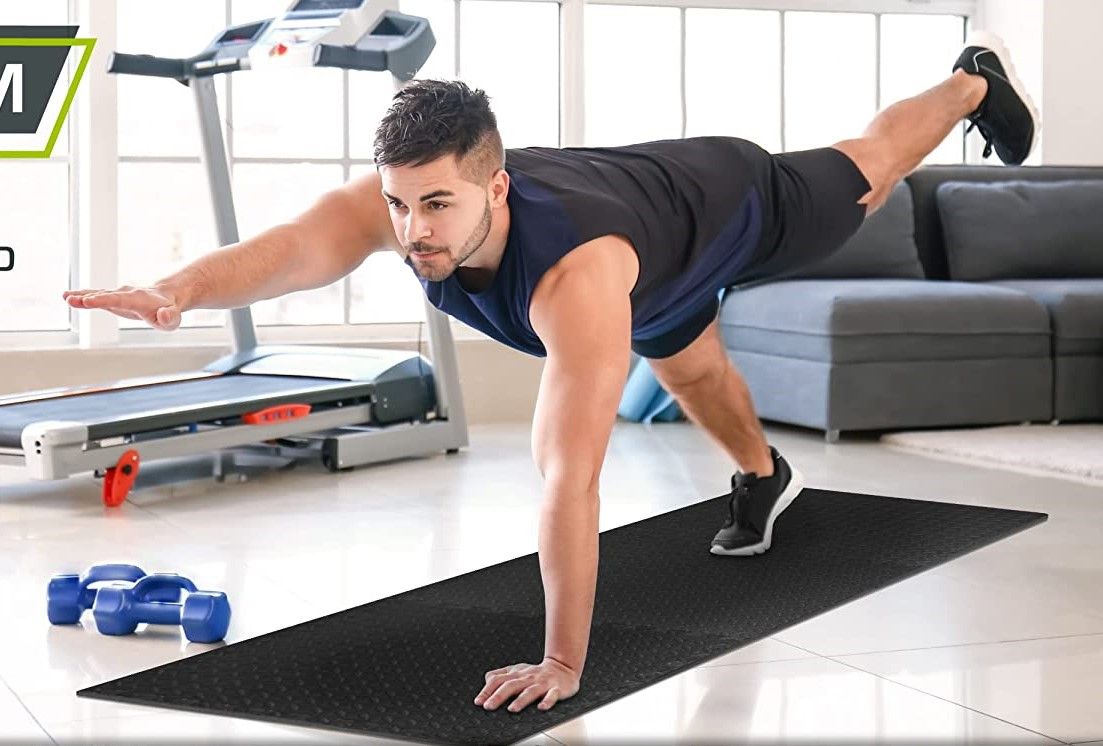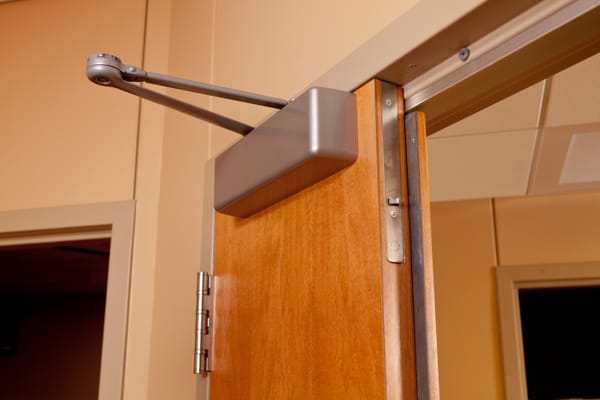When it comes to working out, there are many factors to consider, such as the type of exercise, frequency, and equipment. One often overlooked aspect of fitness is the workout mat. A workout mat can provide several benefits, from comfort to safety, to support. In this blog post, we will take a deep dive into everything you need to know about workout mats.
Types of workout mats
There are several types of workout mats to choose from, each with specific features. The most common types of workout mats include yoga mats, gym mats, Pilates mats, and exercise mats. Yoga mats are thinner and stickier, making them ideal for yoga, while gym mats are thicker and provide more cushioning, making them great for heavy lifting. Pilates mats, on the other hand, are firm and thick, providing excellent support during core exercises, and exercise mats are versatile and can be used for various workouts. Determine the type of exercise you will be doing to help you choose the best mat.
Consider size and thickness
The size of your workout mat is another crucial factor to consider. If you plan to do aerobic exercises that require a lot of movement, choose a larger mat so that you don't feel restricted. Additionally, the thickness of the mat will depend on the type of exercise you will be performing. If you will be doing high-impact exercises, choose a thicker mat to provide more cushioning and support.
Material and texture
The material and texture of your workout mat play a significant role in your performance. Most mats are made of rubber, PVC, or jute, and each provides different benefits. Rubber mats are durable and offer excellent traction, while PVC mats are lightweight and easy to clean. Jute mats are eco-friendly, non-toxic, and provide good traction. The texture of the mat is crucial as it provides the grip you need to perform the exercises without slipping or sliding.
Maintenance
Maintaining your workout mat is essential to ensure it stays in good condition for a long time. Always clean your mat after each use to prevent the buildup of dirt, sweat, and bacteria. You can clean your mat with water and mild soap or use specialized cleaning products. Additionally, avoid leaving your mat in direct sunlight as it can damage the material.
Benefits of using a workout mat
Using a workout mat provides several benefits, including comfort, safety, and support. A proper workout mat can cushion your joints and reduce the risk of injury during high-impact exercises. It also provides better traction, reducing the chance of slipping or sliding during exercises. Lastly, it is more comfortable to work out on a mat than on a hard floor, making it easier to focus on your workout.
FAQs About Workout Mat
Which mat is good for the workout?
The best mat for a workout depends on the type of workout you are doing. For yoga, a thicker mat is recommended for cushioning and stability. For Pilates, a thinner mat is better for more precise movements. For HIIT, a thicker mat is better for cushioning and stability. For cardio, a thinner mat is better for more precise movements. For strength training, a thicker mat is better for cushioning and stability. Ultimately, the best mat for a workout is the one that is most comfortable and provides the most support for your body.
What are workout mats for?
Workout mats are used to provide cushioning and support for your body during exercise. They are typically made from foam or rubber and can be used for a variety of exercises, such as yoga, Pilates, and stretching. They help protect your joints and muscles from impact and can help reduce the risk of injury. They also help to absorb sweat and provide a non-slip surface for better grip during workouts. Workout mats are an essential piece of equipment for any home gym.
What is a workout mat called?
A workout mat is commonly referred to as an exercise mat, yoga mat, or fitness mat. It is a thick, padded mat that provides cushioning and support during exercise, yoga, or other physical activities. Exercise mats are usually made of foam or rubber and come in various sizes and thicknesses to accommodate different types of workouts.
Can I use my bed as an exercise mat?
Yes, you can use your bed as an exercise mat. However, it is important to keep in mind that your bed is not designed for exercise and may not provide the same level of cushioning and support as a dedicated exercise mat. Additionally, your bed may not be as easy to clean or as hygienic as a dedicated exercise mat. If you choose to use your bed as an exercise mat, it is important to make sure that you clean and sanitize it regularly.
Should I get a yoga mat or a gym mat?
It depends on what you plan to use the mat for. A yoga mat is usually thinner and more lightweight than a gym mat, which makes it better for doing yoga and Pilates. Yoga mats also have more grip, which helps you stay in place during poses. Gym mats are thicker and more cushioned, so they are better for floor exercises and activities like weightlifting.
How thick should the workout mat be?
The thickness of a workout mat depends on the type of exercise you are doing and your personal preference. Generally, mats that are 1/4-inch to 1/2-inch thick are best for activities such as yoga, pilates, and stretching. For activities such as weightlifting, martial arts, and HIIT, mats that are 1 inch to 1 1/2 inches thick provide more cushioning and support. Ultimately, the best mat for you is the one that provides the most comfort and support for the type of exercise you are doing.
A workout mat is an essential piece of fitness equipment that can help improve your workout experience. Consider the type, size, consistency, material, and maintenance of the mat when choosing the perfect one for your routine. Also, keep in mind the benefits of using a workout mat, including safety, comfort, and support to take your exercise routine to the next level. Keep your mat clean and replace it when it starts to show signs of wear and tear to ensure you get the most out of your investment.








